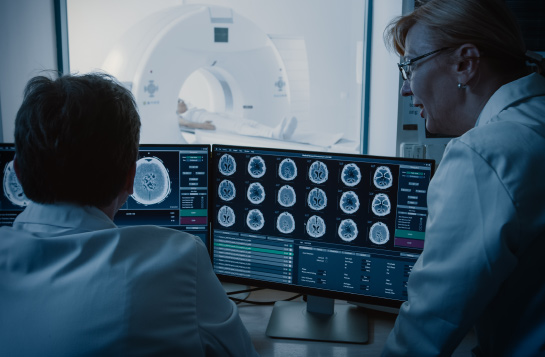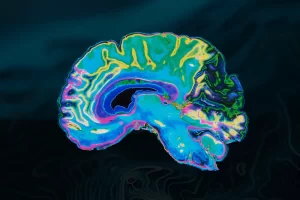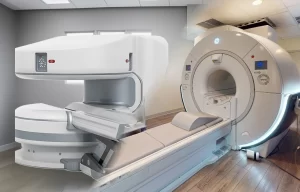Magnetic Resonance Imaging (MRI) is one way of imaging procedures used by physicians to take a look inside the human body to obtain diagnostic data. Incorporating a modern technology. MRI creates images of the anatomy without using radiation required with other imaging procedures such as x-ray and CT scanning.
MRI combines the physical properties of powerful magnetic fields with radio waves to create computer generated images of soft tissue within the plane of the body. This generally used imaging approach can be used as the main diagnostic tool to provide a fast and accurate diagnosis for your physician. In several situations, an MRI procedure can lower the need for additional diagnostic procedures or invasive procedures such as exploratory surgery that may have associated complications.
MRI is a non-invasive procedure with no known side effects. The procedure is painless; in fact, you won’t see or feel a thing. A faint knocking sound will be heard, which is simply the imaging process in operation.
The benefits of magnetic resonance imaging are a lot, with new applications continuously being developed through on-going research. The procedure is used for all parts of the body and is effective in the clinical evaluation of the following conditions.
- Brain disorders
- Traumatic Injuries
- Eye abnormalities
- Spine diseases
- Tumor detection
- Liver and other abdominal diseases
- Knee and shoulder injuries
- Musculoskeletal disorders
- Facial/Neck abnormalities
- Infection
- Cardiac Malformations
- Blood flow and vessel disorders
- And any other disorders




